Wild travel in Danube Delta
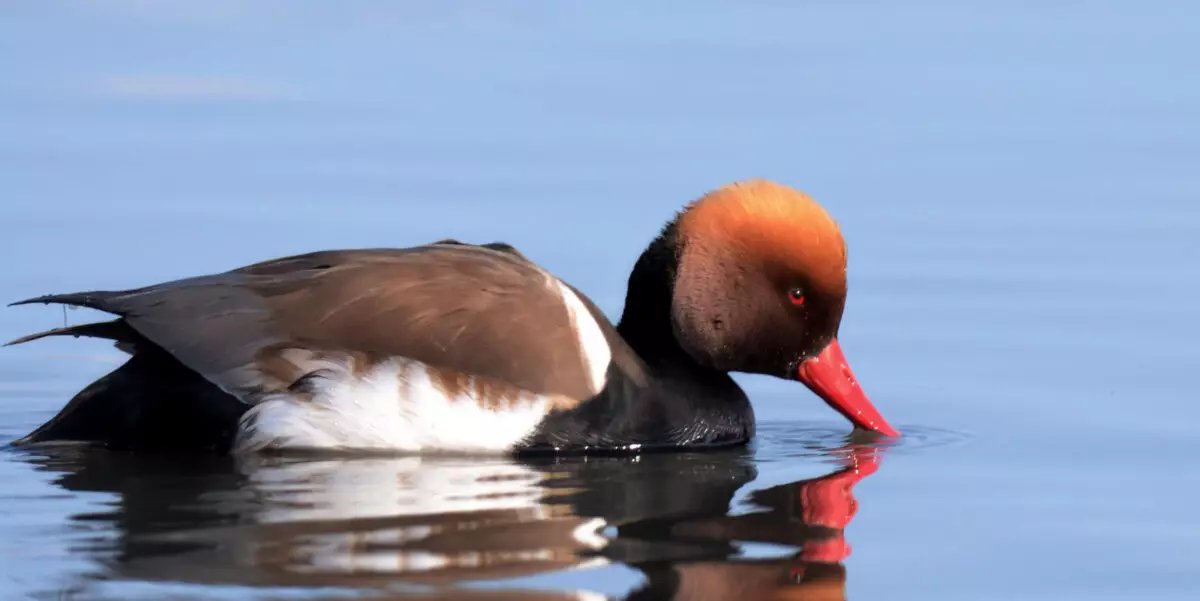
The Red-crested Pochard (Netta rufina) is a large diving duck. Its breeding habitat is lowland marshes and lakes in southern Europe and Central Asia, wintering in the Indian Subcontinent and Africa. It is somewhat migratory, and northern birds winter further south into north Africa. The adult male is unmistakable. It has a rounded orange head,...

The Bearded Reedling (Panurus biarmicus) is a peculiar small passerine bird. It is also frequently known as the Bearded Tit due to some similarities to Long-tailed Tits, or Bearded Parrotbill The Bearded Reedling was placed with the Parrotbills in the family Paradoxornithidae after it was removed from the true tits in the family Paridae....
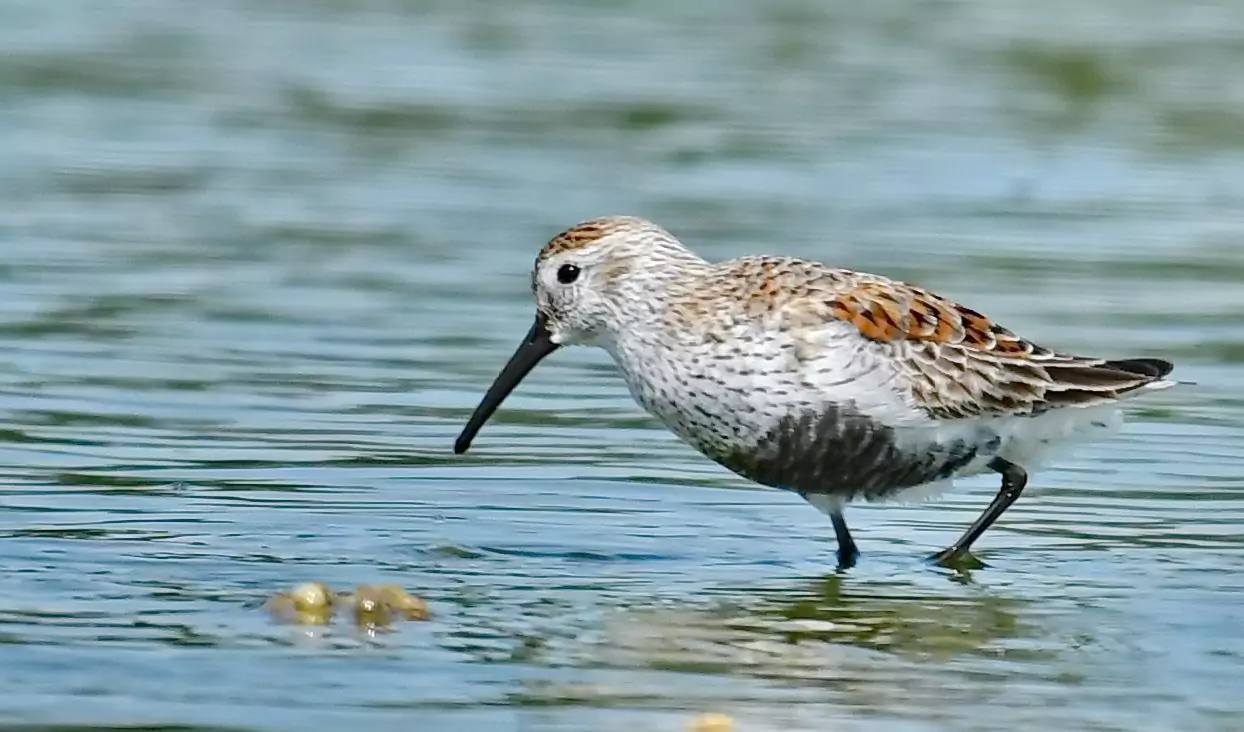
The Dunlin, Calidris alpina, is a small wader, sometimes separated with the other “stints” in Erolia. It is a circumpolar breeder in Arctic or subarctic regions. The Dunlin is highly gregarious in winter, sometimes forming large flocks on coastal mudflats or sandy beaches. Large numbers can often be seen swirling in synchronized...
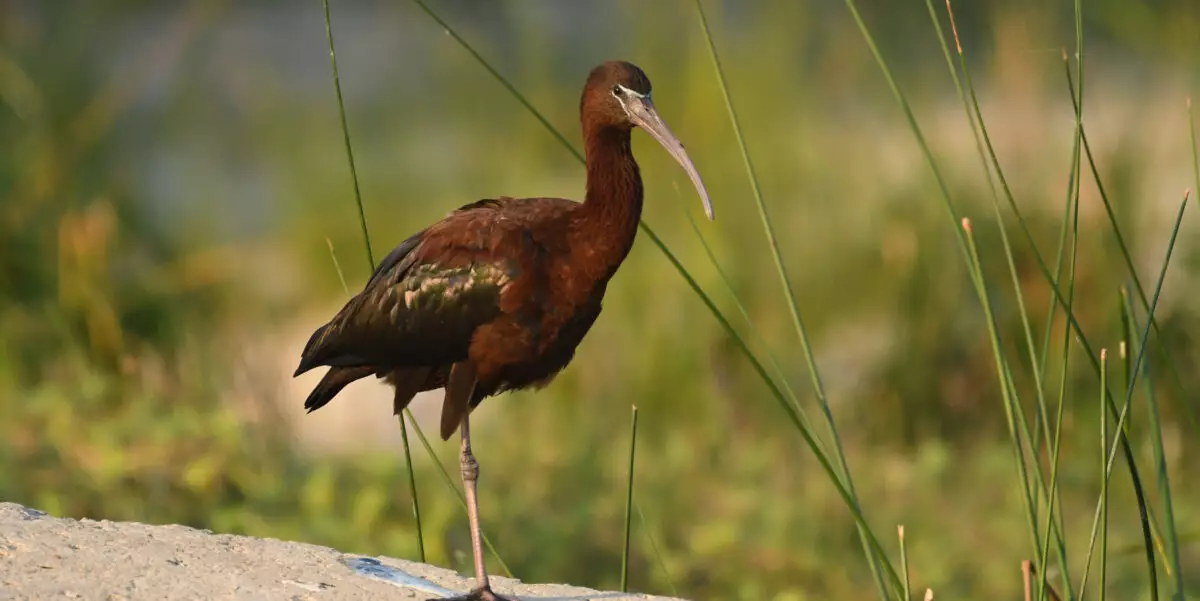
This is the most widespread ibis species, breeding in scattered sites in warm regions of Europe, Asia, Africa, Australia, and the Atlantic and Caribbean region of the Americas.Glossy Ibis feed in very shallow water and nest in freshwater or brackish wetlands with tall dense stands of emergent vegetation such as reeds,papyrus or rushes) and low...
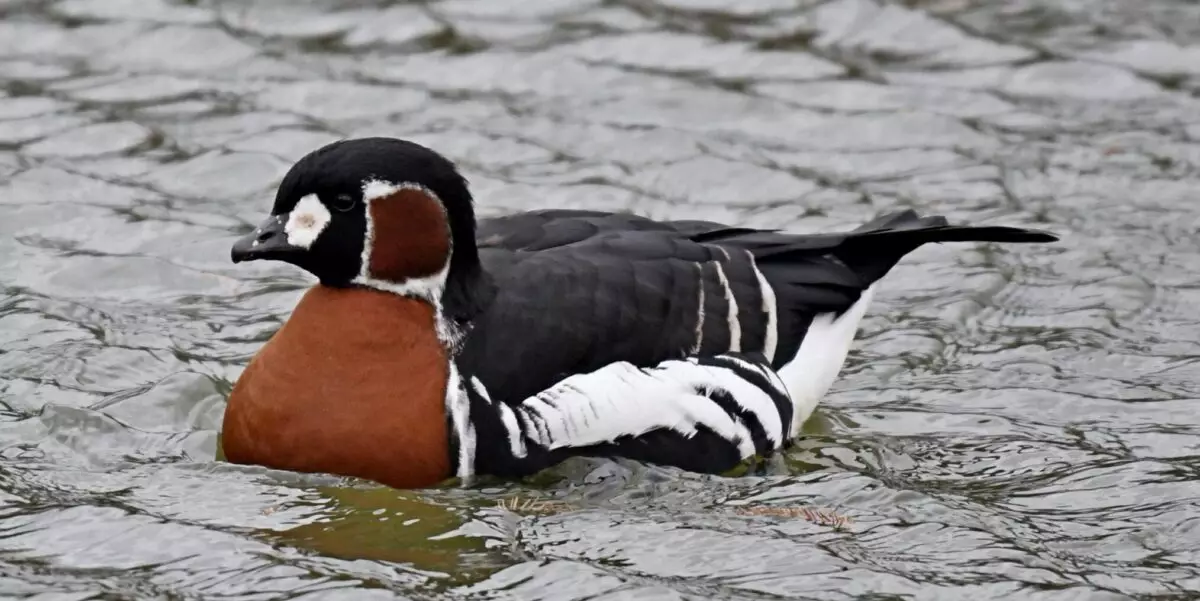
The Red-breasted Goose (Branta ruficollis) is a brightly marked, endangered species of goose in the genus Branta from Eurasia. All the species of the Branta genus are distinguished by their dark sooty colour, relieved by white, and as a distinction from the grey geese of the genus Anser. Among the species from these two genera, […]
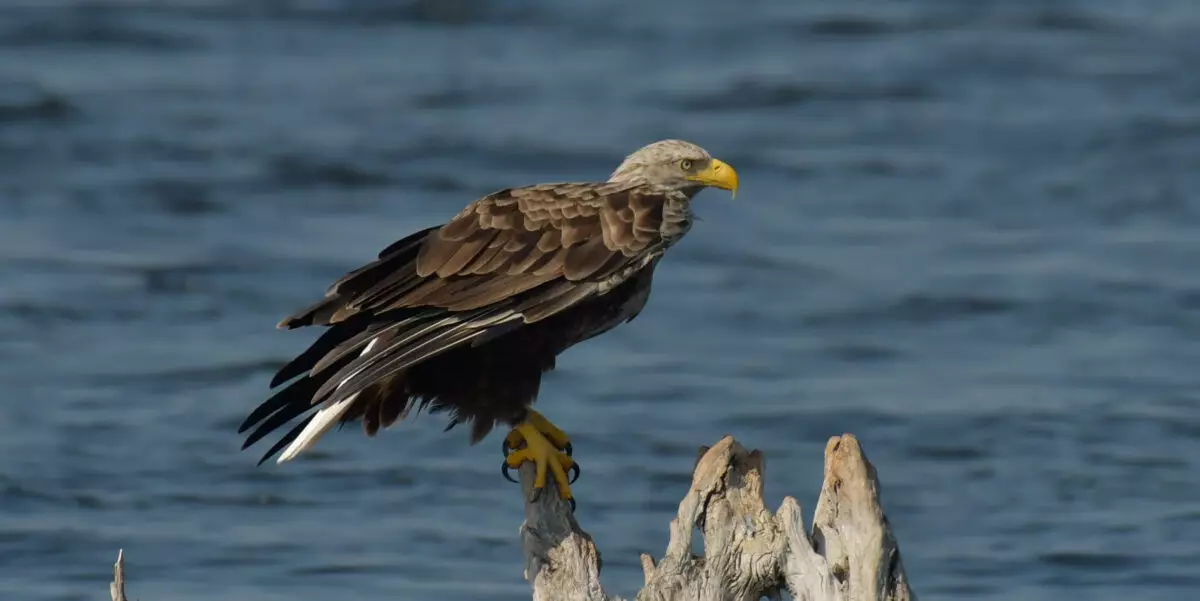
The White-tailed Eagle (Haliaeetus albicilla) — also called the Sea Eagle, Erne (sometimes Ern), and White-tailed Sea-eagle — is a large bird of prey in the family Accipitridae which includes other raptors such as hawks, kites, and harriers. It is considered a close cousin of the Bald Eagle and occupies the same ecological niche, but […]
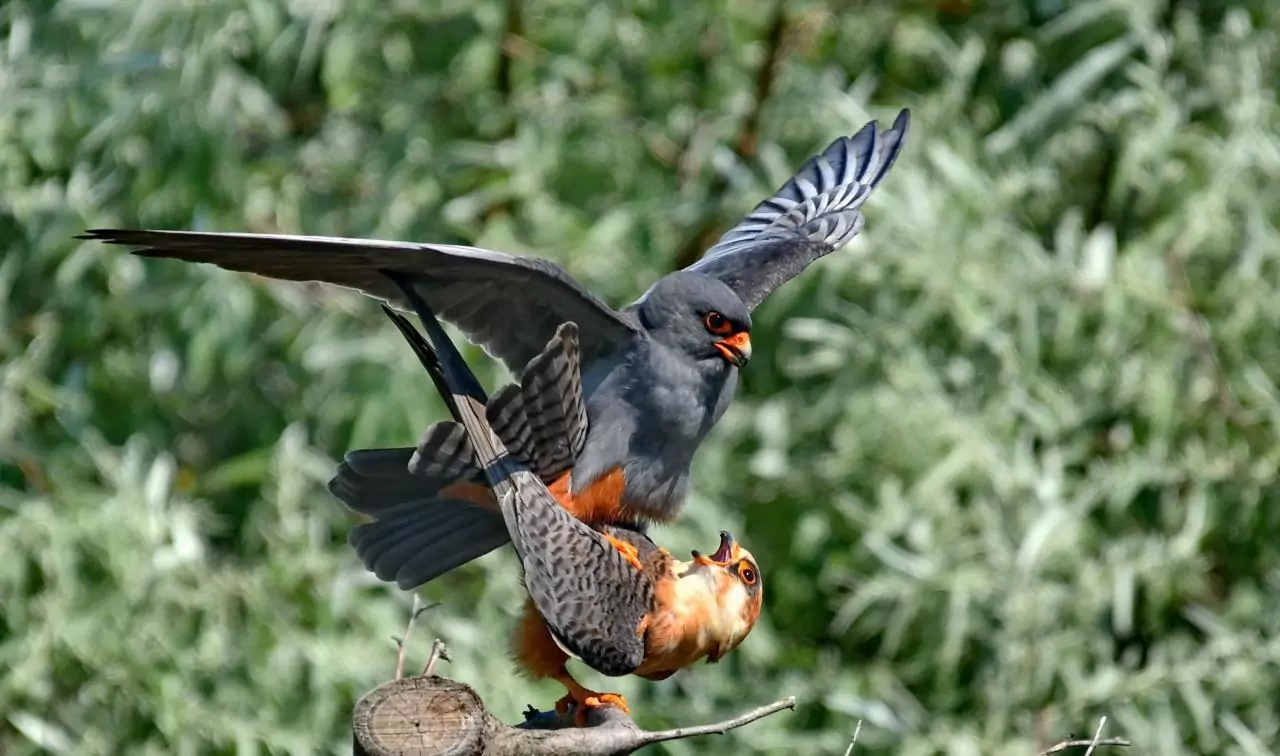
The Red-footed Falcon (Falco vespertinus), formerly Western Red-footed Falcon, is a bird of prey. It belongs to the family Falconidae, the falcons. This bird is found in eastern Europe and Asia although its numbers are dwindling rapidly due to habitat loss and hunting. It is a medium-small, long-winged species. The adult male is all blue-grey,...

The White-winged Tern, or White-winged Black Tern, Chlidonias leucopterus, is a small tern generally found in or near bodies of fresh water across from Southeastern Europe east to Australia. Adult birds in summer have short red legs and a short black bill (small and stubby, meausuring 22–25 mm from the feathers, decidedly shorter than the...
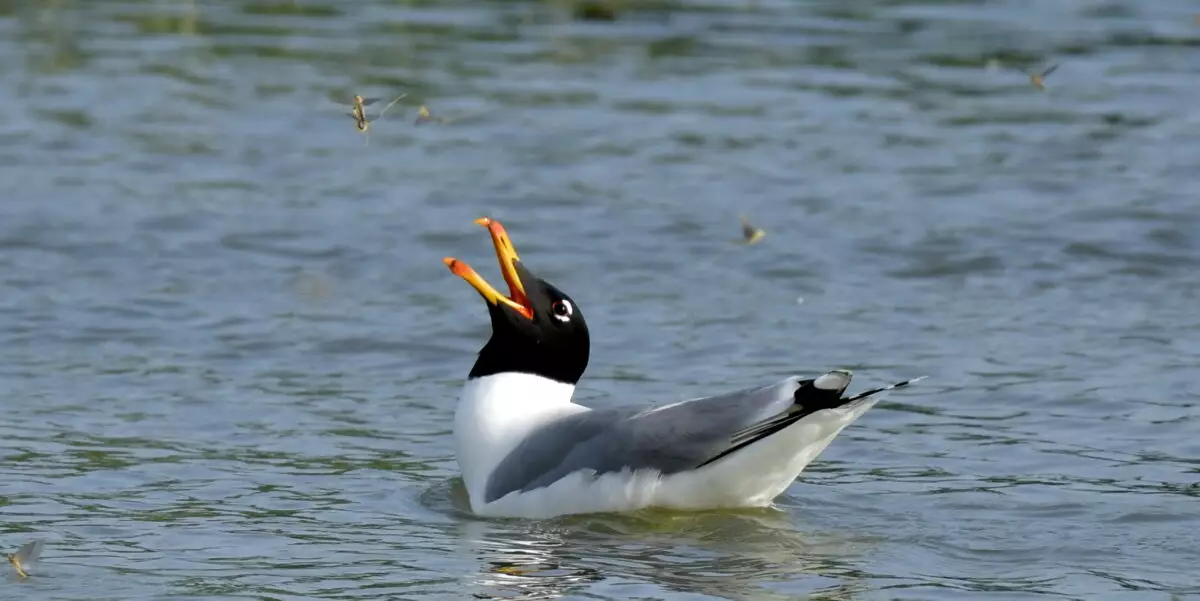
The Pallas’s Gull or Great Black-headed Gull, Ichthyaetus ichthyaetus, is a large gull. As is the case with many gulls, it has traditionally been placed in the genus Larus. This species breeds in colonies in marshes and islands from southern Russia to Mongolia. It is migratory, wintering in the eastern Mediterranean, Arabia and India....
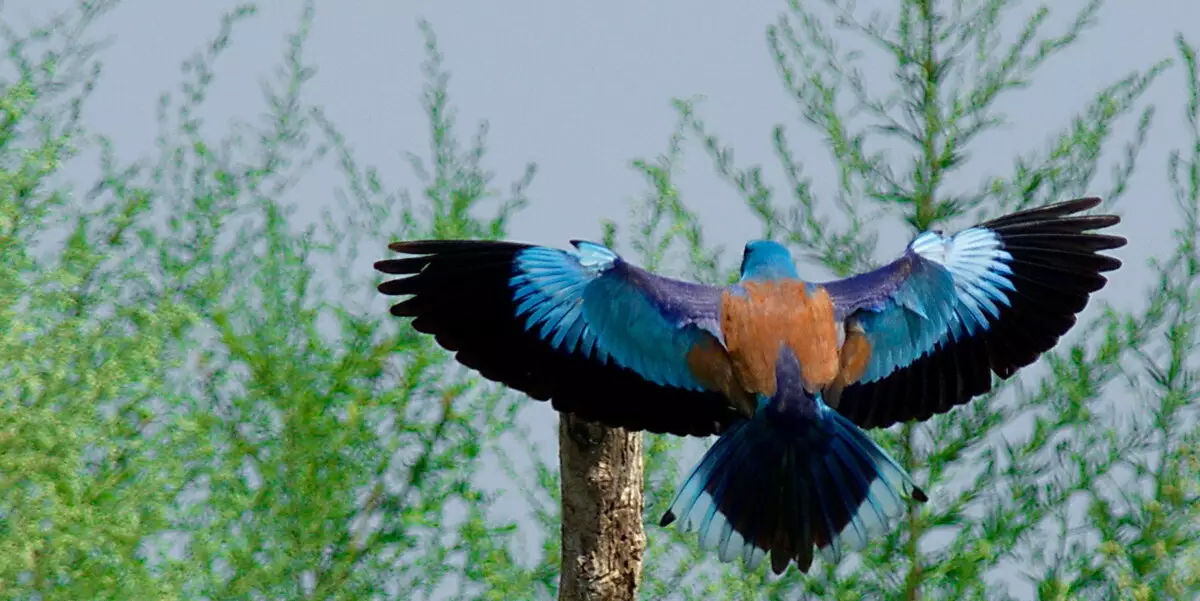
The rollers are an Old World family, Coraciidae, of near passerine birds. The group gets its name from the aerial acrobatics some of these birds perform during courtship or territorial flights. Rollers resemble crows in size and build, and share the colourful appearance of kingfishers and bee-eaters, blues and pinkish or cinnamon browns...
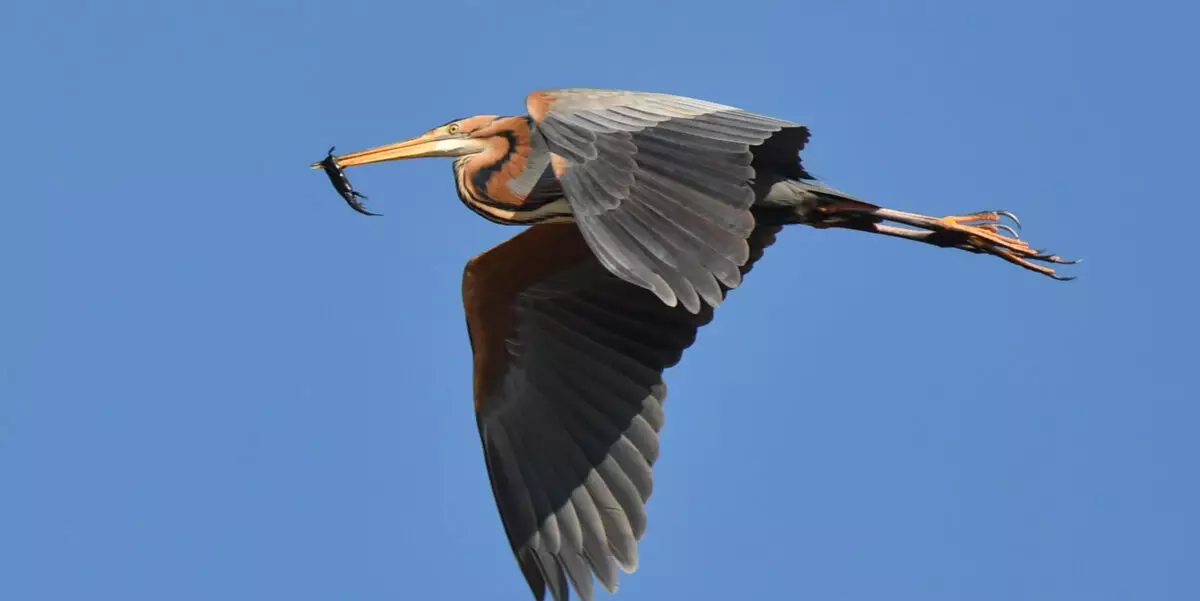
The Purple Heron (Ardea purpurea) is a wading bird in the heron family Ardeidae, breeding in Africa, central and southern Europe, and southern and eastern Asia. The European populations are migratory, wintering in tropical Africa; the more northerly Asian populations also migrate further south within Asia. It is a rare but regular wanderer...

The Ruff (Philomachus pugnax) is a medium-sized wading bird that breeds in marshes and wet meadows across northern Eurasia. The female and the non-breeding male have grey-brown upperparts and mainly white underparts. Three differently plumaged types of male, including a rare form that mimics the female, use a variety of strategies to obtain...
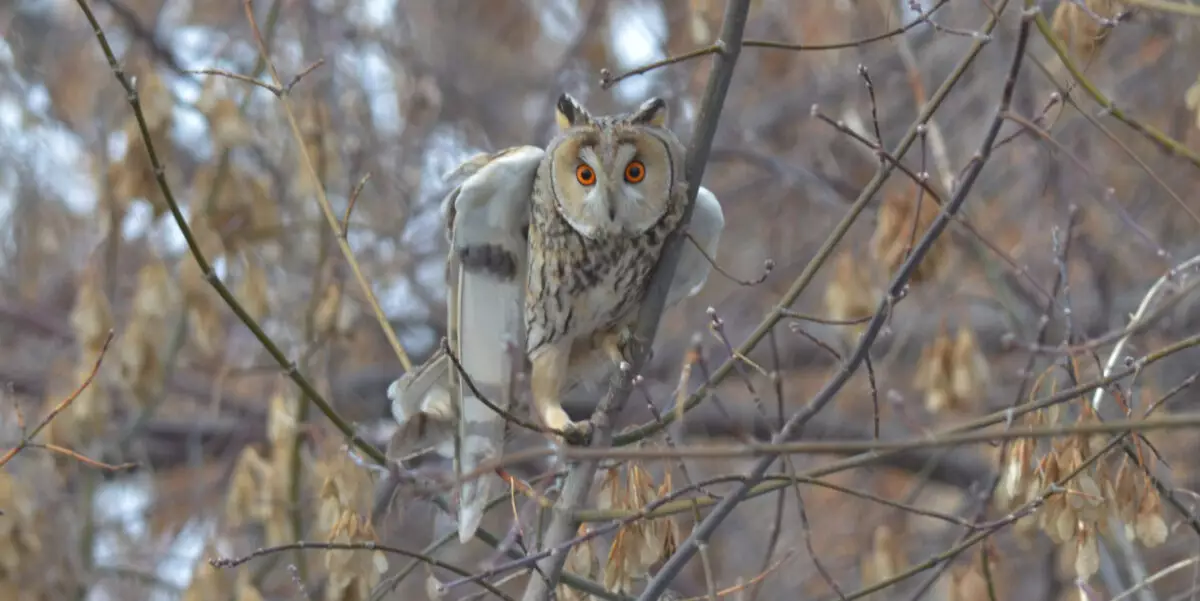
The Long-eared Owl – Asio otus (previously: Strix otus) is a species of owl which breeds in Europe, Asia, and North America. The Long-eared Owl is a medium sized owl, 31–40 cm (12–16 in) in length with an 86–100 cm (34–39 in) wingspan and a body mass of 178–435 g (6.3–15.3 oz). It has erect […]
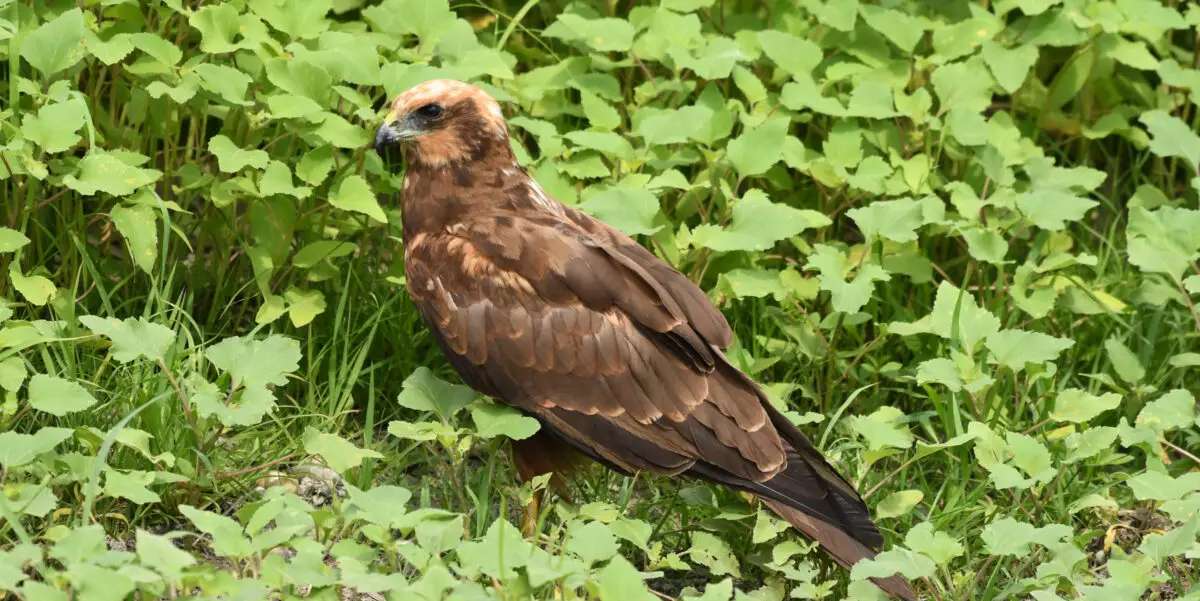
The marsh harriers are birds of prey of the harrier subfamily. They are medium-sized raptors and the largest and broadest-winged harriers. Most of them are associated with marshland and dense reedbeds. They are found almost worldwide, excluding only the Americas. Two subspecies are recognised: C. s. spilonotus of east Asia, and C. s....

The Dalmatian Pelican (Pelecanus crispus) is a member of the pelican family. It breeds from southeastern Europe to India and China in swamps and shallow lakes. The nest is a crude heap of vegetation. This is the largest of the pelicans, averaging 160–180 cm (63-70 inches) in length, 11–15 kg (24-33 lbs) in weight and […]
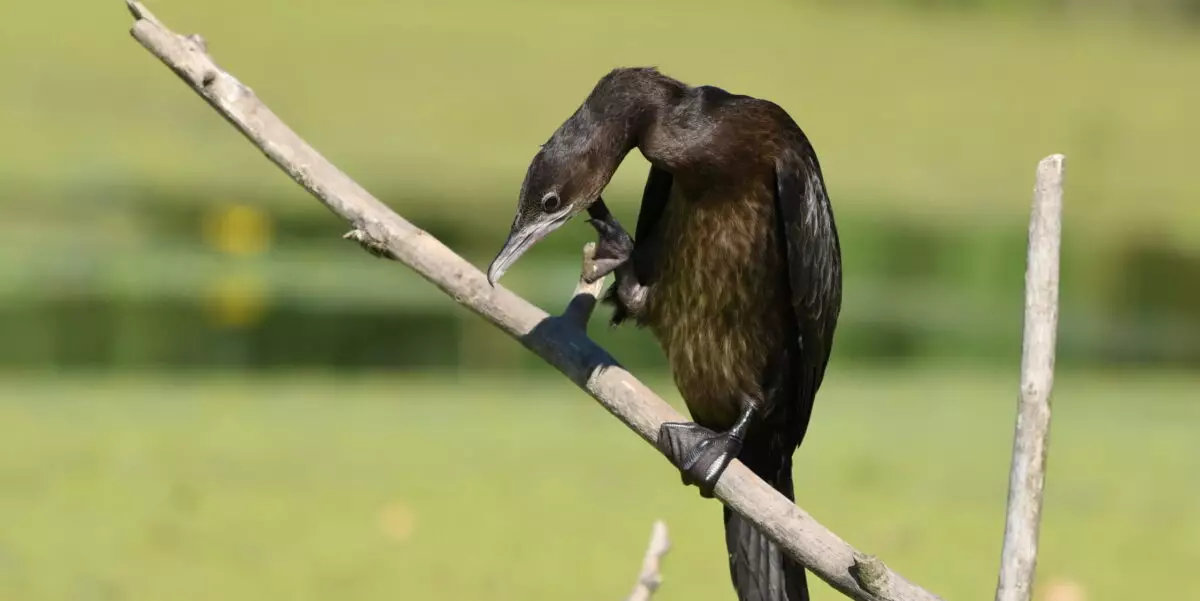
The Pygmy Cormorant (Microcarbo pygmaeus) is a member of the cormorant family of seabirds. It breeds in southeastern Europe and southwestern Asia. It is partially migratory, with northern populations wintering further south, mostly within its breeding range. It is a rare vagrant to western Europe. The Pygmy Cormorant breeds colonially in...
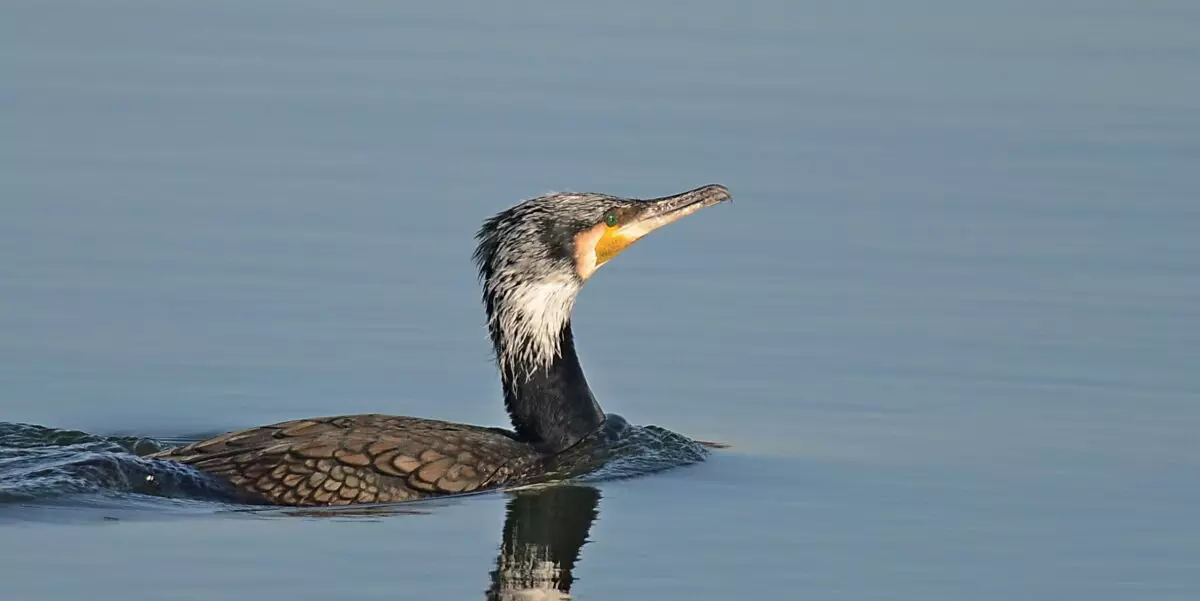
Very comun bird in the Danube Delta. The Great Cormorant (Phalacrocorax carbo), known as the Great Black Cormorant across the Northern Hemisphere, the Black Cormorant in Australia and the Black Shag further south in New Zealand, is a widespread member of the cormorant family of seabirds. It breeds in much of the Old World and […]
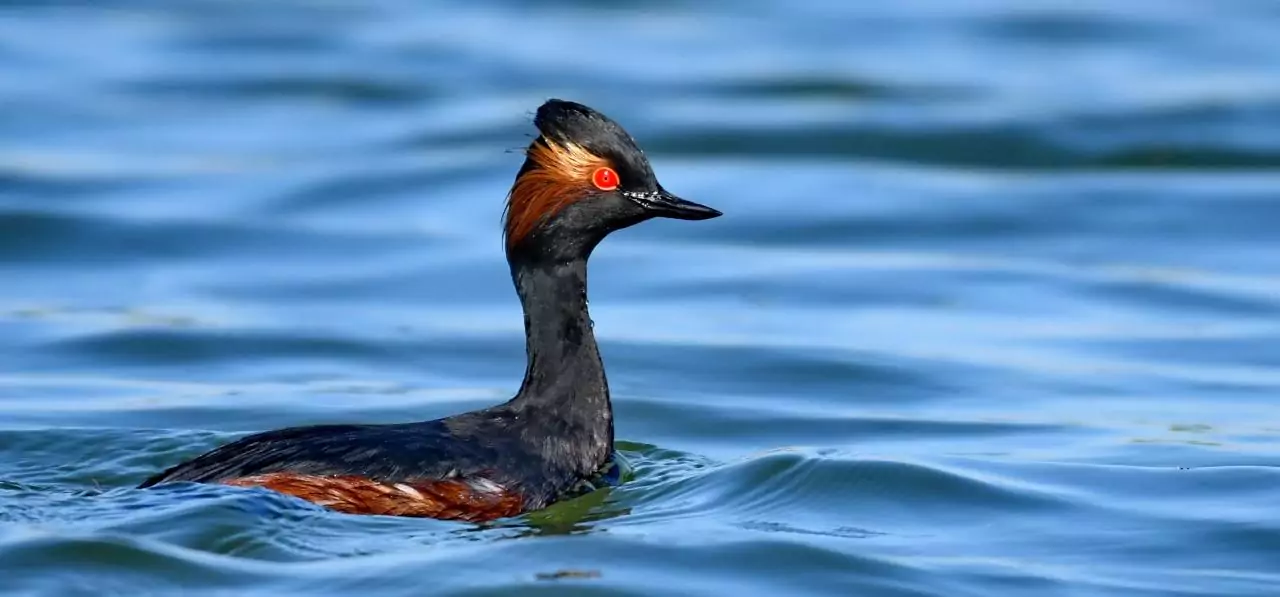
The genus name of this species—Podiceps—comes from two Latin words: podicis, meaning “vent” or “anus” and pes meaning “foot”. This is a reference to the attachment point of the bird’s legs—at the extreme back end of its body. The specific epithet nigricollis is Latin for “black-necked”:...
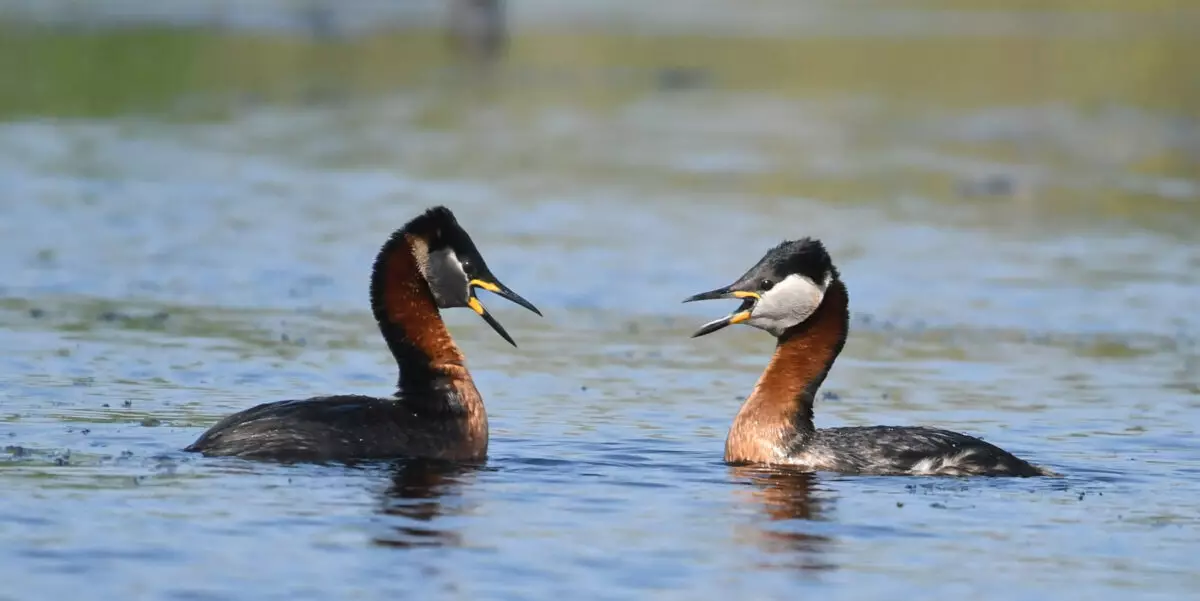
The Red-necked Grebe (Podiceps grisegena) is a migratory aquatic bird found in the temperate regions of the northern hemisphere. Its wintering habitat is largely restricted to calm waters just beyond the waves around ocean coasts, although some birds may winter on large lakes. Grebes prefer shallow bodies of fresh water such as lakes, marshes...
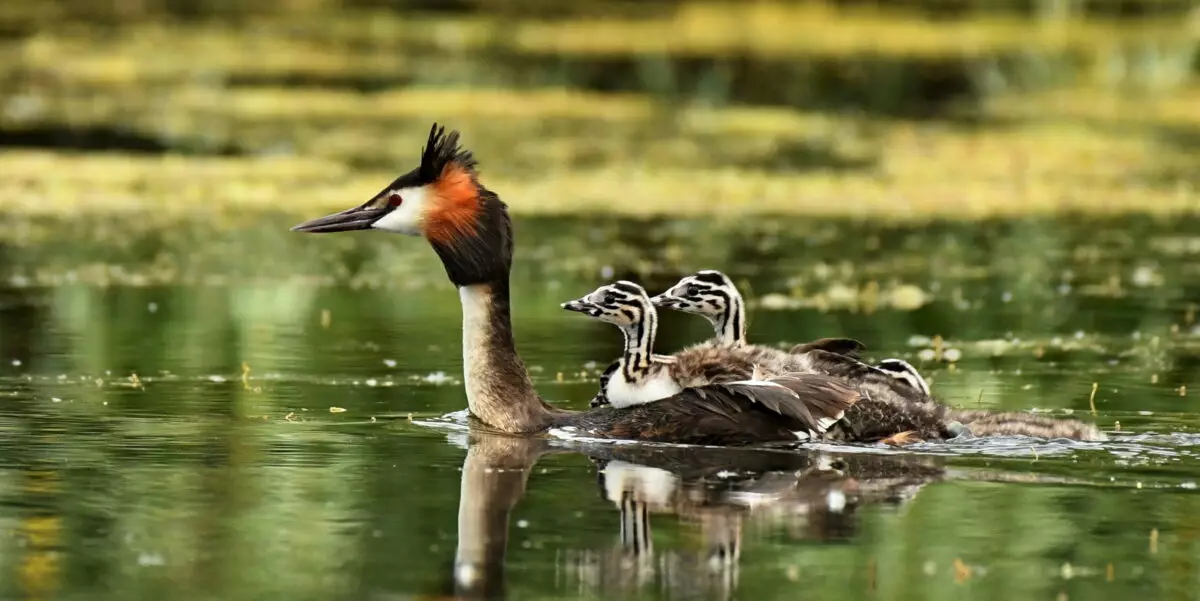
The Great Crested Grebe is 46–51 centimetres (18–20 in) long with a 59–73 centimetres (23–29 in) wingspan. It is an excellent swimmer and diver, and pursues its fish prey underwater. The adults are unmistakable in summer with head and neck decorations. In winter, this is whiter than most grebes, with white above the eye, and […]
